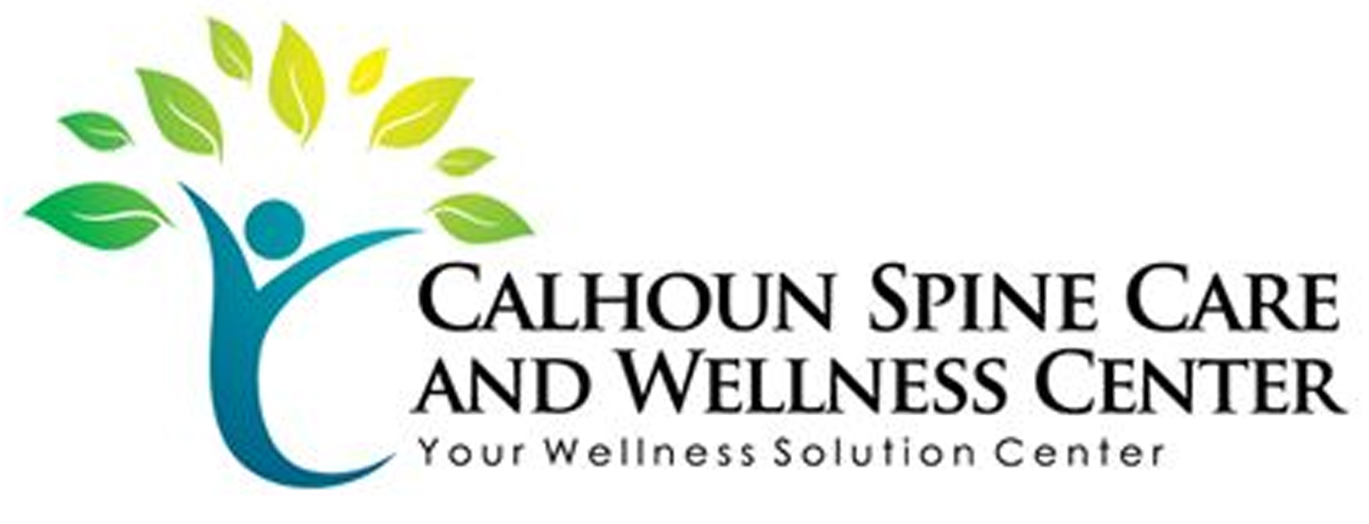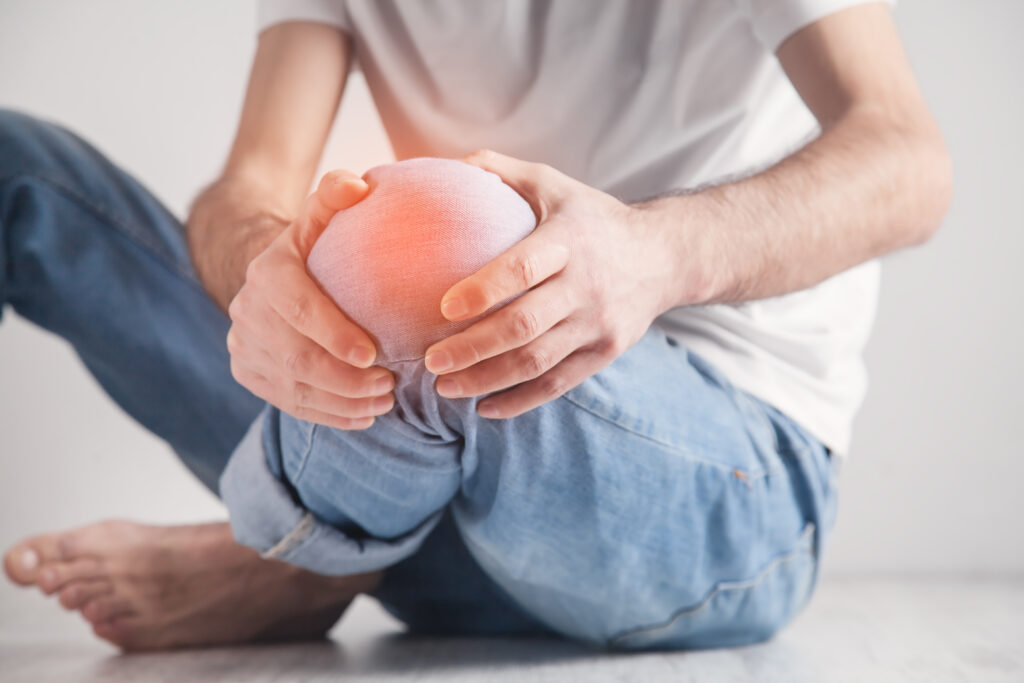If you're struggling with sciatica in Calhoun, you might think relief has to come at a high cost. Fortunately, there are practical, budget-friendly solutions that can make a real difference. By incorporating simple stretching exercises, hot and cold therapy, and ergonomic adjustments, you can address discomfort without breaking the bank. Plus, over-the-counter options and mindfulness practices can further enhance your approach to relief. Curious about how each of these strategies can specifically help you? Let's explore these effective solutions together.
Stretching Exercises
When it comes to relieving sciatica pain, incorporating stretching exercises into your routine can make a significant difference. Stretching helps to alleviate tension in your muscles, improve flexibility, and enhance blood flow, all of which can contribute to reducing sciatica discomfort. You don't need fancy equipment or a gym membership; just a comfortable space in your home is enough to get started.
Begin with gentle stretches like the seated hamstring stretch. Sit on the floor with one leg extended and the other bent. Reach towards your toes on the extended leg, feeling the stretch in your hamstring. Hold for 15-30 seconds, then switch legs. This stretch helps to relieve tightness in the back and legs, impacting the sciatic nerve positively.
Another effective stretch is the figure-four stretch. Lie on your back, and cross one ankle over the opposite knee, forming a "4" shape. Gently pull the uncrossed leg towards you, feeling the stretch in your hips and lower back. Hold this position for 15-30 seconds before switching sides.
Incorporating these stretches into your daily routine, ideally doing them once in the morning and once at night, can provide cumulative benefits.
Remember to listen to your body; if a stretch causes pain, ease off. Consistency is key, so make stretching a habit to help manage your sciatica pain effectively and affordably. With dedication, you can experience relief and improve your overall mobility.
Hot and Cold Therapy
Hot and cold therapy can be a simple yet effective way to relieve sciatica pain. By alternating heat and cold treatments, you can help alleviate discomfort and reduce inflammation.
Heat therapy, such as a warm towel or heating pad, works by increasing blood flow, which can relax tight muscles around your sciatic nerve. Applying heat for about 15-20 minutes can provide immediate relief and promote healing.
On the other hand, cold therapy is ideal for reducing swelling and numbing sharp pain. You can use an ice pack or a bag of frozen peas wrapped in a cloth. Apply it to the affected area for 15-20 minutes at a time, allowing your skin to warm up between sessions.
This combination of hot and cold treatments can greatly enhance your pain management routine. You don't need to invest in expensive gadgets for this therapy. Household items work just fine.
If you don't have a heating pad, a hot water bottle or a warm towel can do the trick. For cold therapy, ice cubes in a plastic bag or even a frozen sponge can serve as an effective alternative.
Remember to listen to your body. If you find that one method aggravates your pain, it might be best to stick with the one that provides relief.
Keeping a consistent routine with hot and cold therapy can help you manage your sciatica pain more effectively, allowing you to enjoy daily activities with less discomfort.
Ergonomic Adjustments
After incorporating hot and cold therapy into your routine, consider how ergonomic adjustments in your workspace or daily activities can further alleviate sciatica pain.
Making simple changes can greatly improve your comfort and help reduce strain on your lower back and sciatic nerve.
Start by evaluating your chair. Choose one that supports your lower back and encourages good posture. If your chair isn't adjustable, consider using a lumbar roll or a cushion to maintain the natural curve of your spine.
When sitting, keep your feet flat on the floor and your knees at or slightly below hip level. This position helps reduce pressure on your lower back.
Next, pay attention to your desk height. Your computer screen should be at eye level, so you aren't straining your neck or back by looking down. If necessary, use a monitor riser or stack some books to achieve the right height.
When you're working, don't forget to take regular breaks. Stand up, stretch, and walk around every hour to relieve tension and improve circulation.
Incorporating movement into your day can make a world of difference.
Lastly, if you frequently lift objects, remember to use proper techniques. Bend your knees and keep your back straight when lifting to avoid putting extra pressure on your spine.
Over-the-Counter Pain Relief
Over-the-counter pain relief options can provide quick and effective support for managing sciatica discomfort. When you're dealing with that sharp, radiating pain down your leg, turning to readily available medications can help you regain some control.
Nonsteroidal anti-inflammatory drugs (NSAIDs) like ibuprofen or naproxen are popular choices. They work by reducing inflammation, which can relieve pressure on the sciatic nerve. Just be sure to follow the recommended dosages on the packaging.
If you have any underlying health conditions or are taking other medications, it's prudent to consult with a healthcare professional before starting any new regimen.
Acetaminophen is another option to reflect upon. While it doesn't reduce inflammation, it can effectively alleviate pain. If you're looking for something with a dual approach, some combination medications are available that include both NSAIDs and acetaminophen, providing broader relief.
For topical relief, you might want to try creams or patches that contain menthol or capsaicin. These products can be applied directly to the affected area, offering localized pain relief without systemic side effects.
Always keep in mind that while over-the-counter options can provide temporary relief, they're not a substitute for addressing the underlying causes of sciatica. If your pain persists, it's crucial to seek further medical advice.
Mindfulness and Relaxation Techniques
Incorporating mindfulness and relaxation techniques into your daily routine can be a game-changer for managing sciatica pain. These practices help you focus on the present moment, reduce stress, and promote overall well-being.
Start by setting aside a few minutes each day for mindfulness meditation. Find a quiet space, sit comfortably, and concentrate on your breath. When thoughts about your pain arise, acknowledge them without judgment and gently bring your focus back to your breath. This simple practice can help you cultivate a sense of calm amidst discomfort.
Additionally, consider practicing progressive muscle relaxation. This technique involves tensing and then relaxing different muscle groups in your body, helping to release tension and ease pain.
Begin at your toes, tense the muscles for a few seconds, then relax. Move up through your body, focusing on each area until you reach your head. As you do this, pay attention to how relaxation feels compared to tension.
Yoga is also a fantastic way to incorporate mindfulness while gently stretching and strengthening your muscles. Look for beginner classes or online tutorials that focus on poses beneficial for sciatica relief.
Remember to listen to your body and avoid any movements that cause pain.
Lastly, don't underestimate the power of deep breathing. Take a few moments throughout the day to inhale deeply through your nose, hold for a few seconds, and exhale slowly through your mouth.
This can help reduce stress hormones and promote relaxation, providing you with much-needed relief from sciatica pain.
Conclusion
Incorporating these budget-friendly solutions can make a real difference in managing your sciatica relief in Calhoun. By committing to daily stretching, utilizing hot and cold therapy, adjusting your workspace ergonomically, exploring over-the-counter pain relief options, and practicing mindfulness techniques, you'll set yourself on a path toward comfort and improved well-being. Remember, consistency is key, so make these strategies part of your daily routine to experience lasting relief. You've got this!



